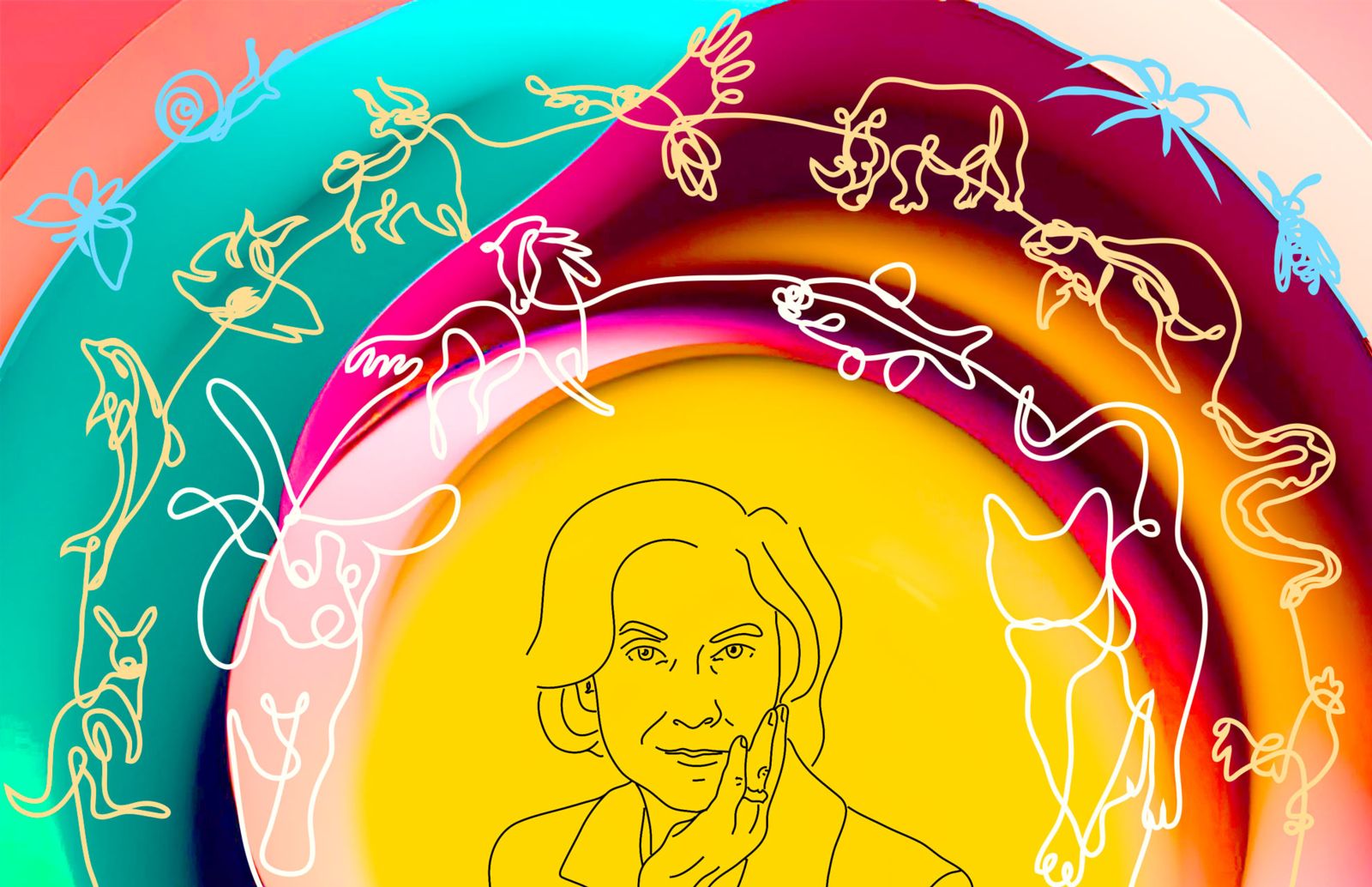Martha Nussbaum has a long track record of concern for animals, and Justice for Animals is her most comprehensive statement on the topic yet. The book makes two particularly compelling philosophical claims with which I strongly agree: different moral theories can converge on an “overlapping consensus” around justice for animals, and justice for animals should extend not only to captive vertebrates but also to many invertebrates and wild animals. However, while I think that these claims are both directionally correct, I also believe that we might be able to take them even further than Nussbaum does in this book.
Consider how much philosophical moral theories overlap. Nussbaum outlines several moral theories—utilitarianism, Kantianism, the capabilities approach, and others—and rightly argues that they diverge and converge in important ways. For example, utilitarianism requires us to maximize happiness, Kantianism requires us to treat others with respect, and the capabilities approach requires us to aspire to promote species-specific flourishing. Yet these theories all support improved treatment of vulnerable human and nonhuman populations. Nussbaum argues that insofar as these theories diverge, the capabilities approach is the most plausible.
However, these theories converge even more when we apply them in practice. For example, utilitarianism requires us to do the most good possible, yet many utilitarians accept that attempting to achieve this goal is not always the best way to actually achieve it. Compare: if you want to be happy, you should pursue this goal indirectly by investing in projects and relationships that bring you joy. Similarly, if you want to make others happy, you should pursue this goal indirectly by investing in systems of rights, virtues, and justice that improve social relations. In this way, utilitarianism as a theory entails pluralism as a practice.
I believe that all reasonable moral theories work this way. Whether our starting point is, say, welfare, rights, virtues, relationships, or capabilities, our endpoint should be a pluralistic view that balances these values. Of course, if all reasonable starting points lead to a similar endpoint, then working backward from this endpoint (that is, a pluralistic moral framework) will not tell us which starting point (e.g., utilitarianism, Kantianism, and so on) is correct. Fortunately, we can work together to implement the proposals that Nussbaum suggests in the book while continuing to debate exactly why and how we should make them.
Next, consider which animals deserve justice. When Nussbaum discusses how far principles of justice should extend, she rightly notes that we should err on the side of caution in cases of uncertainty about sentience. But a lot depends on the details. For example, should we err on the side of caution when a being has any chance of having moral standing or only when a being has at least a non-negligible chance of having moral standing? At stake is whether we should extend moral standing to beings (say, plants) with an extremely low but non-zero chance of being sentient or otherwise morally significant, given the information available.
While we can and should debate these details, what matters for present purposes is that the standard for inclusion should not be that a being is definitely sentient or otherwise significant, nor even that a being is probably sentient or otherwise significant. Instead, the standard should be that a being has at least a non-negligible chance of being sentient or otherwise significant. After all, this approach is how we assess risk and uncertainty in general. For example, driving drunk can be wrong even if the risk of an accident is only, say, one percent. Similarly, insect farming can be wrong even if the “risk” of insect sentience is only, say, one percent.
However, once we accept this standard for inclusion, we must also accept that we should work towards extending principles of justice to quintillions of beings. Granted, we might need to undertake this extension gradually, as rapid extension is unlikely to be achievable or sustainable in practice. We might also be able to give some beings (say, individual humans) more weight than others (say, individual ants), for all kinds of reasons. Nevertheless, our long-term goal should be the moral, legal, and political consideration of humans, insects, and everyone in between, with profound implications for our actions and policies.
In Justice for Animals, Martha Nussbaum argues convincingly that we can achieve an overlapping consensus around principles of justice for animals. My suggestion, which I was able to sketch but not fully present or defend here, is that we can take these arguments even further. In particular, I think that all reasonable moral theories can endorse a pluralistic moral framework that involves promoting welfare, respecting rights, cultivating virtuous attitudes and caring relationships, and promoting species-specific flourishing—not only for, say, trillions of nonhuman animals at any given time, but for quintillions of them.

